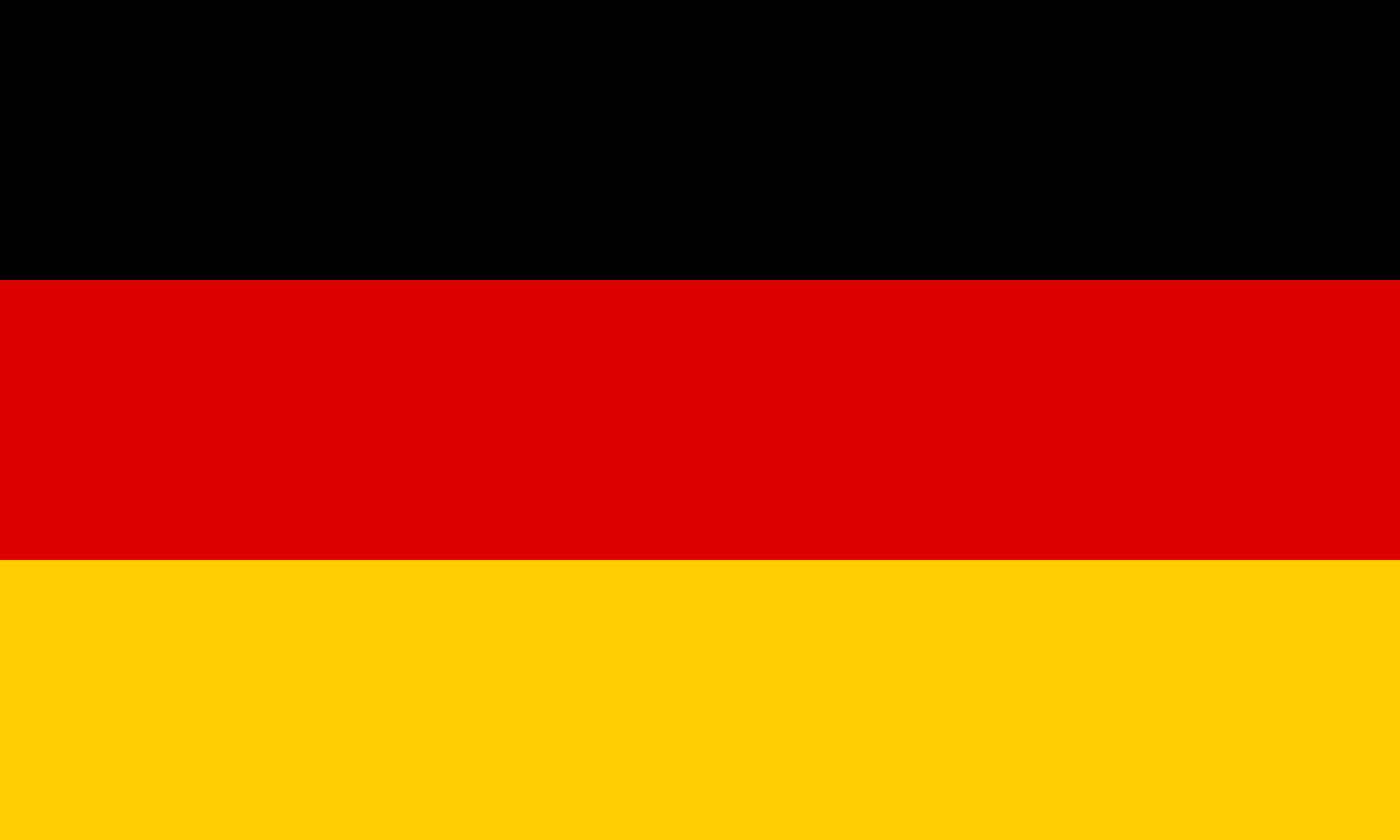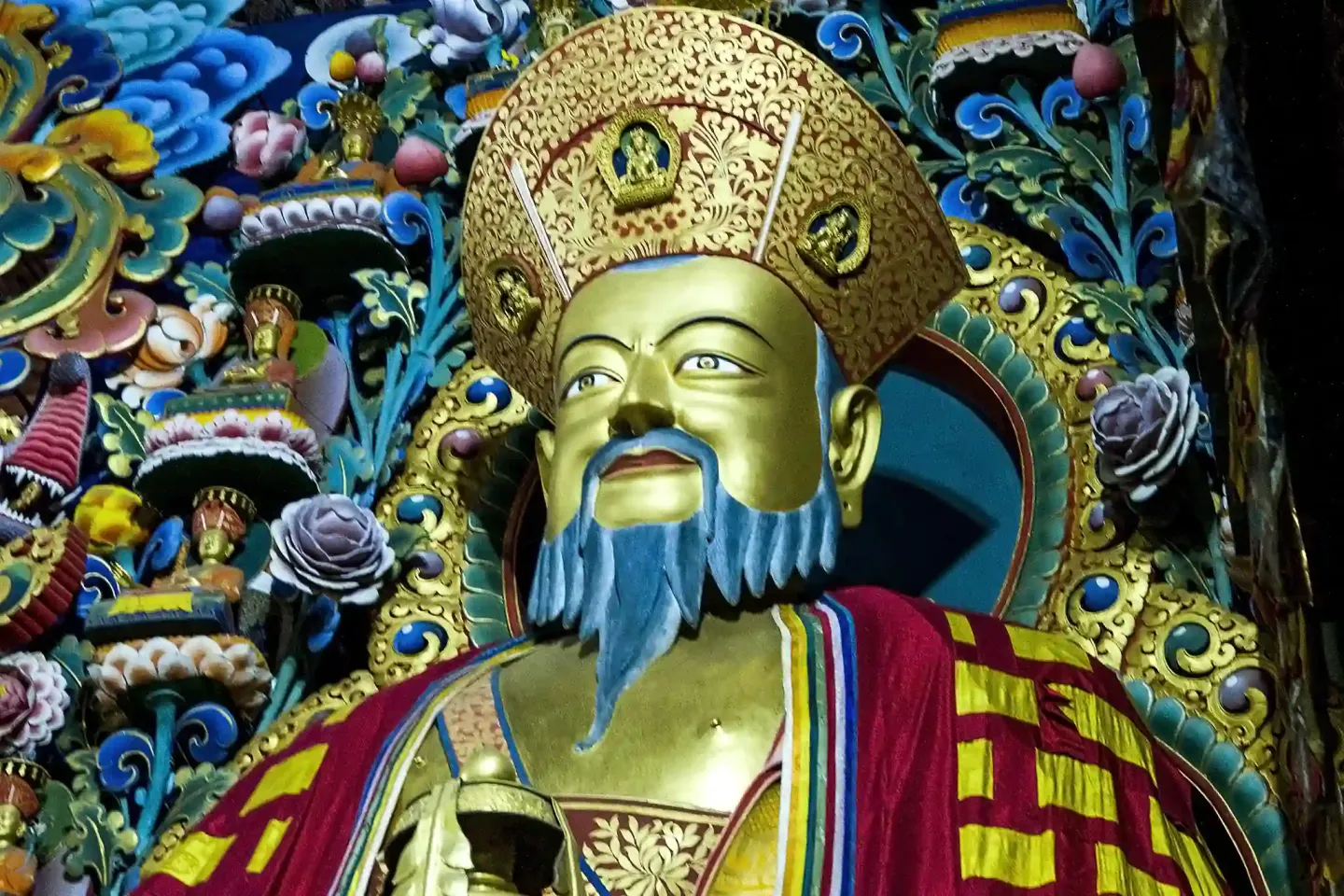Nestled in the eastern Himalayas, Bhutan emerges as a sanctuary of pristine landscapes, ancient traditions, and profound spiritual depth, offering German travelers a rare escape from the fast-paced, industrialized world they know so well. Unlike Germany's bustling cities with their efficient autobahns, towering skyscrapers, and global economic hubs, Bhutan remains a land where time seems to stand still, with no high-rises piercing the sky and a deliberate focus on preserving its natural and cultural heritage over rapid modernization. This small kingdom, often called the "Land of the Thunder Dragon," captivates with its commitment to Gross National Happiness, a philosophy that prioritizes well-being over wealth, contrasting sharply with Germany's emphasis on productivity and innovation. Diplomatic relations between Germany and Bhutan were formally established in November 2020, building on decades of cooperation since the 1980s, when Germany began supporting Bhutan's socio-economic development through aid in areas like renewable energy and environmental conservation. For Germans accustomed to structured efficiency and technological advancements, Bhutan presents a compelling invitation to rediscover simplicity, where majestic mountains, fortified monasteries, and vibrant festivals blend into an authentic experience that fosters inner peace and cultural immersion. Yet, this allure comes with realistic considerations: travel here requires careful planning due to controlled tourism policies, variable weather, and limited infrastructure, ensuring that every visit contributes meaningfully to the kingdom's sustainability.

Visa and Entry Requirements
Bhutan's tourism is governed by a "high value, low impact" policy, meaning all foreign visitors, including Germans, must arrange their trips through licensed Bhutanese tour operators to minimize environmental and cultural strain while maximizing benefits to local communities. For German citizens, obtaining a visa involves a straightforward yet structured process handled primarily by the tour operator: travelers provide a scanned passport copy valid for at least six months beyond their planned stay, along with a recent passport-sized photo, and the operator submits these to the Tourism Council of Bhutan for approval, which typically takes about 72 hours. Once approved, a visa clearance letter is issued, and the actual visa is stamped upon arrival at Paro International Airport or land borders for a fee of USD 40 per person, valid for the duration of the booked tour. This system ties directly to payment, as full tour costs, including the Sustainable Development Fee (SDF), must be wired in advance to secure the visa; failure to do so results in denial of entry. The SDF, set at USD 100 per adult per night as of 2025 (with reductions to USD 50 for children aged 6-11 and free for those under 6), funds essential initiatives like free healthcare, education, and environmental protection, effectively increasing overall trip pricing but ensuring that tourism supports Bhutan's long-term resilience. German travelers should note that no independent travel is permitted, and extensions or changes must be coordinated through the operator, emphasizing the kingdom's controlled approach to preserving its unique identity.
Travel Routes from Germany to Bhutan
Reaching Bhutan from Germany involves connecting flights, as there are no direct routes, with journeys typically spanning 15 to 25 hours depending on layovers and requiring careful scheduling around Bhutan's limited airport operations. Major German hubs like Frankfurt, Munich, and Berlin offer connections via transit points such as Delhi in India, Bangkok in Thailand, or Kathmandu in Nepal, serviced by carriers like Lufthansa, Qatar Airways, Turkish Airlines, or Emirates for the initial leg, before switching to Bhutan's national airlines, Drukair or Bhutan Airlines, which monopolize flights into the country. For instance, a common itinerary from Frankfurt might involve flying to Delhi with Lufthansa, then boarding a Drukair flight to Paro, Bhutan's sole international airport, known for its challenging approach amid steep mountains that demands skilled pilots and daylight-only operations. Paro Airport's limitations, including a short runway and susceptibility to weather disruptions like fog or high winds, often lead to delays or cancellations, so travelers should build flexibility into their plans and consider booking flights with buffer days. Realistic expectations include advance reservations through the tour operator, who handles Bhutanese segments, and awareness that peak seasons may see higher fares and fuller flights; additionally, checked baggage allowances are strict at 20-30 kg, and excess fees apply, underscoring the need for light packing amid the Himalayan terrain.
Best Time to Visit and Seasonality
Bhutan's diverse climate, shaped by its Himalayan topography, divides into four seasons, each offering distinct experiences that influence trip planning for German travelers seeking optimal weather, activities, and cultural immersion. Spring, from March to May, brings mild temperatures averaging 10-25°C, blooming rhododendrons, and clear skies ideal for trekking and sightseeing, though occasional showers may occur; this period suits those escaping Germany's lingering winter chill, with fewer crowds allowing intimate explorations of valleys and monasteries. Summer, June to August, introduces the monsoon with heavy rains, humid conditions up to 30°C in lower altitudes, and potential landslides on roads, making it less favorable for outdoor pursuits but perfect for witnessing lush greenery and rare festivals like the Matsutake mushroom events in August. Autumn, September to November, stands out as the prime season with crisp, dry weather around 10-20°C, vibrant festivals such as the Thimphu Tshechu featuring mask dances and spiritual rituals, and peak trekking conditions under azure skies, aligning well with German preferences for moderate crowds and reliable visibility. Winter, December to February, delivers cold snaps down to -5°C in higher elevations with possible snowfall, yet sunny days facilitate birdwatching and low-season tranquility, though heating in accommodations may be basic. For Germans, October to November or March to April are recommended, balancing comfortable weather, festival highlights, and manageable tourist numbers to enhance the journey's authenticity and enjoyment.
Money, Costs, and Payment Methods
Bhutan's currency, the Ngultrum (BTN), is pegged to the Indian Rupee at a 1:1 ratio, facilitating easy exchanges for German travelers who can convert Euros at Paro Airport, major banks like the Bank of Bhutan, or hotels in urban areas, though rates may vary slightly. ATMs are increasingly available in towns like Thimphu and Paro, accepting Visa and Mastercard with potential fees, but reliability dips in remote regions, so carrying sufficient cash in USD or BTN is advisable for smaller transactions. Credit cards see limited acceptance outside high-end hotels and shops, often incurring surcharges, while digital payments via apps are emerging but not widespread. Tour packages, mandatory for foreigners, typically encompass accommodations, meals, transportation, guides, and entry fees, with daily costs starting around USD 250-300 per person including the SDF, leaving extras like alcoholic beverages, tips (USD 10-15 per day for guides and drivers), souvenirs, and personal expenses to the traveler's discretion. This all-inclusive structure simplifies budgeting for Germans used to itemized costs, ensuring transparency while supporting local economies through regulated pricing.
Health, Safety, and Travel Insurance
Health considerations in Bhutan revolve around its high-altitude terrain, where elevations from 1,200 to over 5,000 meters pose risks of acute mountain sickness, manifesting as headaches, nausea, or fatigue, particularly for those arriving directly from sea-level Germany. Preventive measures include gradual acclimatization, hydration, and consulting a doctor for medications like acetazolamide, while recommended vaccinations encompass Hepatitis A and B, Typhoid, Tetanus, and possibly Rabies due to stray dogs. Medical facilities are basic outside Thimphu, with the Jigme Dorji Wangchuck National Referral Hospital offering competent care, but complex cases may require evacuation to India or Thailand. Bhutan boasts exceptional safety with negligible crime rates, rooted in its Buddhist values and close-knit communities, though minor hazards like uneven paths, stray animals, or road accidents on winding routes warrant caution. Comprehensive travel insurance covering medical emergencies, evacuation, trip cancellations, and altitude-related issues is indispensable, as standard German policies may need supplements for adventure activities, ensuring peace of mind in this remote destination.
Cultural Etiquette and Social Expectations
Bhutanese society, steeped in Vajrayana Buddhism, emphasizes respect, humility, and harmony, requiring German visitors to adapt their direct, efficient demeanor to a more patient and modest approach in interactions. In temples and monasteries, known as dzongs, one must remove shoes, hats, and sunglasses, dress conservatively covering shoulders and knees—preferably in long pants and collared shirts—and circumambulate clockwise while avoiding pointing at sacred images or speaking loudly, as these spaces are active sites of worship. Socially, greetings involve a slight bow with palms together saying "Kuzuzangpo la" (hello), and using the right hand or both for giving/receiving items to show reverence, since the left is considered impure. Modesty extends to public behavior: avoid public displays of affection, loud conversations, or aggressive bargaining, embracing instead the Bhutanese virtues of patience during delays and humility in compliments. Germans, often valuing punctuality and frankness, might need to soften their style, appreciating how such adjustments foster deeper connections with locals who prize community over individualism, ultimately enriching the cultural exchange.
Connectivity, SIM Cards, Internet Access
While Bhutan's connectivity has improved, it remains patchy compared to Germany's seamless networks, with Wi-Fi available in most hotels and cafes in urban areas like Thimphu and Paro, though speeds may lag in rural spots and outages occur due to power issues. For reliable mobile access, tourists can purchase local SIM cards from B-Mobile (Bhutan Telecom) or TashiCell at Paro Airport or town outlets upon arrival, requiring a passport copy and photo; B-Mobile offers broader coverage, including 4G in major valleys, while TashiCell provides competitive tourist packages starting at BTN 200 for data and calls valid up to a month. Activation is quick, and top-ups are easy via apps or vendors, but German apps like banking or social media function normally without restrictions, though a VPN might help for privacy on public networks. This setup allows staying connected for navigation or emergencies, bridging the gap between Bhutan's serene isolation and the need for modern communication.
Language and Communication
Dzongkha serves as Bhutan's national language, a Tibeto-Burman tongue spoken in daily life and official settings, but English prevails in tourism, education, and government, making it accessible for most interactions with guides, hotel staff, and younger locals. German-speaking guides are available through specialized operators, trained via programs like "Let's German!" to cater to European visitors, though not ubiquitous, so requesting one during booking ensures smoother exchanges on cultural nuances. For travelers with limited English, visual aids, translation apps, or simple gestures suffice, as Bhutanese hospitality encourages patience; learning basics like "Tashi Delek" (good luck) fosters goodwill. This linguistic landscape eases communication barriers, allowing Germans to delve deeper into Bhutan's stories without significant hurdles.
Packing and Preparation Advice
Packing for Bhutan's variable Himalayan climate demands versatility, with layers essential to handle temperature swings from warm valleys to chilly peaks, including breathable cotton for days, fleece or wool for evenings, and waterproof jackets for monsoons. Sturdy walking shoes or hiking boots are crucial for uneven trails and monastery visits, paired with thick socks, while modest clothing like long pants and scarves respects cultural norms. Personal items should include sunscreen, insect repellent, a reusable water bottle for hydration at altitude, and medications such as pain relievers, anti-diarrhea aids, and altitude sickness preventives, plus any prescriptions with copies. Power adapters for Type D or G plugs at 230V, a universal charger, and a power bank address intermittent electricity, alongside binoculars for wildlife and a flashlight for outages. Germans unfamiliar with such conditions should also pack ginger chews for motion sickness on winding roads, ensuring preparedness enhances comfort in this rugged paradise.
Bhutan’s Unique Tourism Philosophy
At the heart of Bhutan's approach to tourism lies the philosophy of Gross National Happiness (GNH), introduced by the Fourth King in the 1970s as a holistic measure of progress encompassing psychological well-being, cultural preservation, environmental sustainability, and good governance, diverging from conventional GDP metrics. This ethos shapes cautious policies that limit visitor numbers through mandatory tours and the SDF, prioritizing quality interactions over mass influxes to safeguard the kingdom's fragile ecosystems and traditions from overdevelopment. For German travelers, understanding GNH reveals why Bhutan resists unchecked modernization—such as banning plastic bags or maintaining forest cover above 70%—fostering a model where tourism empowers locals economically while upholding spiritual values, inviting visitors to engage meaningfully rather than superficially.
Mindset and Expectations for Visitors
Visiting Bhutan demands a shift in mindset from Germany's high-efficiency lifestyle to embracing a slower, more contemplative pace where schedules flex with weather or community events, and infrastructure like basic roads or small family-run hotels reflects authenticity over luxury. Expect no glittering nightlife or designer shopping; instead, evenings unfold with quiet stargazing or local storytelling, and accommodations prioritize eco-friendly simplicity with heated rooms but limited amenities. This emphasis on nature, culture, and spirituality—hiking sacred trails or meditating in monasteries—rewards those seeking introspection, reminding Germans that true fulfillment often lies in disconnecting from material conveniences to appreciate Bhutan's unspoiled essence.
Food and Dining Culture
Bhutanese cuisine mirrors the kingdom's rugged terrain and Buddhist ethos, featuring simple, hearty dishes heavy on chilies, cheese, and rice, with staples like ema datshi—a spicy stew of chilies and yak cheese—embodying the bold flavors that warm against mountain chills. Meals often revolve around red rice, vegetables, and meats like pork or beef in curries, served family-style to promote sharing and hospitality, where hosts insist on seconds as a sign of generosity. Butter tea (suja), salty and churned with yak butter, sustains daily life, while ara, a fermented rice or grain spirit, adds warmth to social gatherings, though moderation aligns with cultural restraint. For Germans, adapting to the spiciness and communal dining fosters connections, revealing food as a vessel for Bhutan's nurturing spirit.
Festivals, Religion, and Sacred Places
Religion permeates Bhutanese life through Vajrayana Buddhism, where sacred sites like dzongs and chortens serve as living centers of prayer and community, and festivals (tshechus) honor Guru Rinpoche with elaborate mask dances, music, and rituals that purify and educate attendees. Visitors witness these vibrant events, such as the Paro Tshechu in spring, but must adhere to protocols: modest attire, no photography inside temples, and respectful silence during ceremonies, contributing to a profound understanding of karma and compassion that defines Bhutanese worldview.
Hidden Challenges and Practical Inconveniences
Travel in Bhutan includes subtle challenges that test patience, such as winding, potholed roads causing motion sickness or delays, and occasional power outages disrupting evenings, yet these elements underscore the kingdom's charm as a place untouched by over-engineering. Itinerary shifts due to weather or festivals, slow service in eateries reflecting unhurried lifestyles, and basic facilities like shared bathrooms in homestays become opportunities to embrace mindfulness, transforming potential frustrations into endearing aspects of an authentic adventure.
Shopping and Souvenirs
Shopping in Bhutan focuses on artisanal treasures like handwoven textiles in vibrant patterns, wooden crafts, incense, and Thangka paintings, found in Thimphu's weekend market or Paro craft shops, where authenticity stems from local cooperatives rather than mass production. Bargaining is minimal and polite, as fixed prices support fair trade, allowing Germans to acquire meaningful mementos that echo Bhutan's craftsmanship without the commercialism of malls.
Altitude Awareness and Physical Preparedness
Altitude's effects vary, with symptoms like dizziness or shortness of breath common above 2,500 meters, necessitating precautions such as slow ascents, ample water intake, and rest days for acclimatization during tours or treks. Physical preparation through pre-trip cardio and consulting physicians ensures enjoyment, adjusting activities to personal limits in Bhutan's elevated realms.
Security, Safety, and Emergency Information
Bhutan's safety shines with low crime and welcoming locals, but vigilance on trails and roads is wise; emergency contacts include police at 113, medical at 112, and the German Honorary Consul in Thimphu at +975 2322982, with support via the Embassy in New Delhi. Respecting laws against tobacco sales or cultural insensitivity maintains harmony in this secure haven.
Photography and Drones
Photography thrives in Bhutan's landscapes, but rules prohibit shots inside religious sites or of military areas, and seeking permission before capturing locals honors privacy. Drones require permits from the Bhutan Civil Aviation Authority, limited to under 6kg and visual line-of-sight, with restrictions near sensitive zones to preserve sanctity.
What Bhutan Does Not Have
Bhutan eschews modern excesses like skyscrapers, fast-food chains, casinos, or sprawling malls, embracing instead a landscape of traditional architecture and local eateries, which amplifies its charm as a refuge from commercialization.
Important Questions to Ask Before Booking a Tour
Before committing to a Bhutanese tour operator, German travelers should inquire about the guide's qualifications and language skills, particularly if a German-speaking expert is available to enhance understanding of cultural subtleties during monastery visits or festivals. It's also wise to discuss itinerary flexibility, such as options for customizing hikes or adding rest days for altitude adjustment, ensuring the plan aligns with personal fitness and interests without rigid constraints. Questions on accommodations are essential, probing the types of hotels or homestays included—whether they feature en-suite bathrooms, heating, or Wi-Fi—and if upgrades to eco-lodges are possible for a more immersive experience. Regarding food, ask about dietary accommodations for preferences like vegetarian options or spice levels, and how meals incorporate local cuisine while addressing potential allergies. In emergencies, clarify protocols for medical evacuations, insurance requirements, and access to German consular support, confirming the operator's contingency plans for weather disruptions or health issues. Additionally, explore SIM card arrangements, such as pre-purchased tourist packages from B-Mobile or TashiCell for seamless connectivity, and tipping customs, typically USD 10-15 daily for guides, to avoid surprises. Finally, confirm insurance coverage details, including altitude-related clauses, and language support in documents, fostering confidence in a well-tailored journey.
Conclusion
In reflection, Bhutan stands as a singular destination for German travelers yearning for profound cultural depth, untouched natural beauty, and spiritual serenity amid a world often dominated by haste and consumerism. This Himalayan kingdom, with its harmonious blend of ancient wisdom and mindful progress, offers an antidote to modern stresses, inviting visitors to pause, connect, and rediscover joy in simplicity—qualities that resonate deeply in an era of constant connectivity. For those from a nation renowned for precision and innovation, Bhutan provides a transformative contrast, where happiness is measured not in metrics but in moments of quiet awe, ensuring memories that endure far beyond the journey's end.













